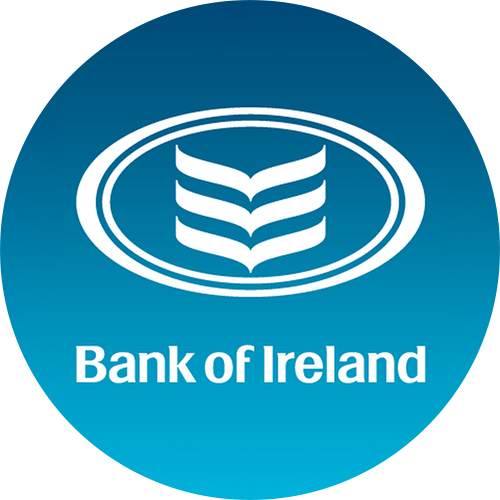Corporate Sustainability Reporting:
Learning from the 1st Wave Irish Reporters
Some of the most significant Irish corporates have now published their first
CSRD Sustainability Reports, with more to follow in the coming weeks. But the playing field has been somewhat wobbled by the European Commission's "Omnibus" proposals to reduce the burden on EU companies. Nevertheless, there will be significant insights and lessons to be learned from the 1st-wave reporters.
EnSiGn is designed to Educate, Enable and Evidence your journey towards a CSRD-Compliant Sustainability Report, Evolving as the regulations change.
...and the regulations are about to change!
We are back in design mode - looking at the Omnibus package and re-imagining how we can continue to provide meaningful Sustainability Reporting for companies across the spectrum - watch this space.
Sustainability reporting is not just about compliance—it is a strategic tool for enhancing stakeholder trust, demonstrating competitive advantage, improving resource efficiency, attracting top talent, building real resilience, and ultimately creating long-term value for your business.
Successful companies embrace sustainable practices, for themselves, their communities and the environment.
Key parts of the Omnibus package
The 2nd Wave (and 3rd-wave) Reporters are offered some breathing room - but these proposals must pass through several negotiations and approvals before companies may rely on them:
CSRD – More proportionate and easier to implement:
-
Scope out companies with less than 1,000 employees
-
Value chain cap for companies scoped out - the VSME standards limit the information requests from in-scope companies
-
ESRS to be revised to substantially reduce the number of datapoints, add clarity and improve consistency
-
No sector specific standards
-
No reasonable assurance (limited assurance will remain)
-
Postponed reporting for 2nd-wave and 3rd-wave
CSDDD – Postponed by one year, and similar simplifications and alignment changes
EU Taxonomy – Scope out companies below 1,000 employees and €450m Revenue, simplified reporting templates and significantly reduced datapoints
